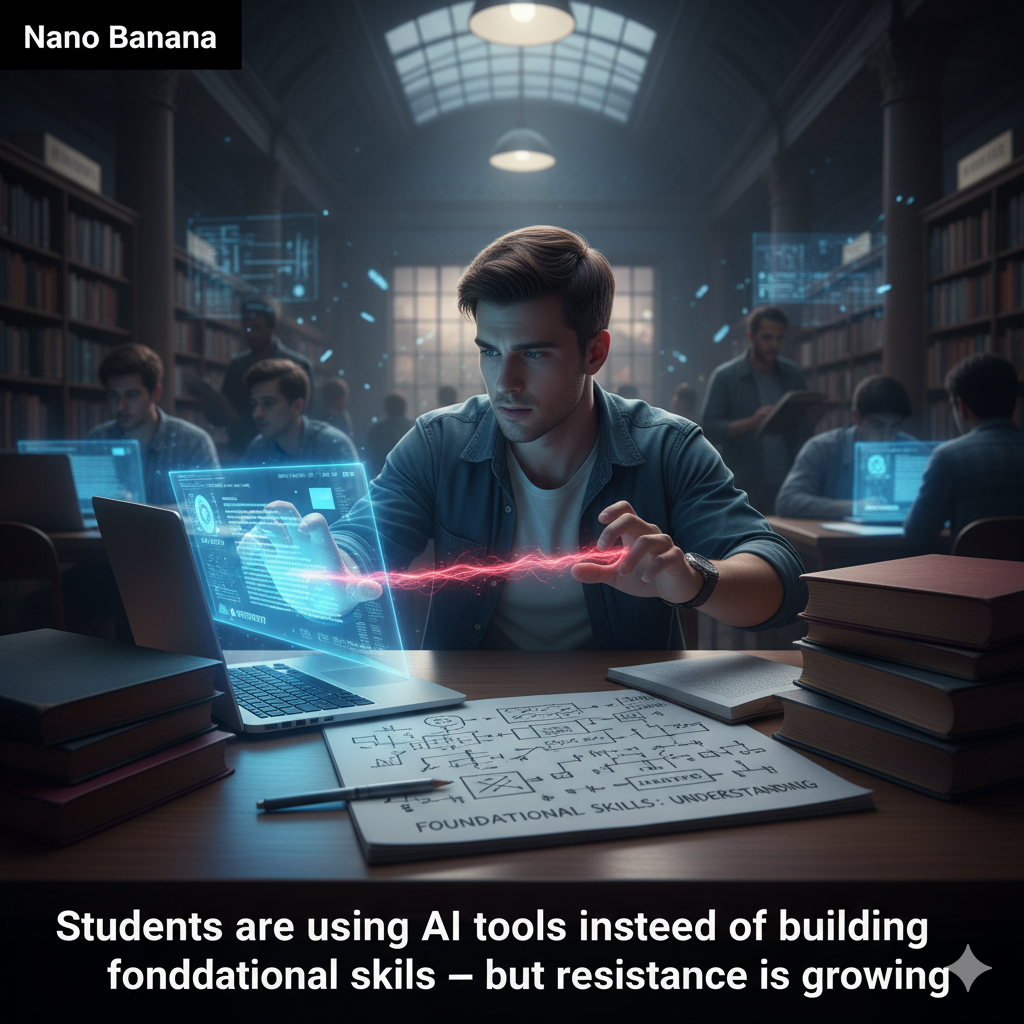
Source
Forbes
Summary
AI is now deeply embedded in student life: roughly 90 % of college students report using AI tools, and the evidence suggests institutions are lagging in supporting this shift. Many students use AI for learning support—brainstorming, drafting, reviewing—but worry about its limitations, risks, and policy clarity. Educators argue that AI fluency should be integrated into curricula so students can use it responsibly, distinguish strong from weak output, and avoid over-reliance. The piece calls for higher education to embed AI ethics and practical AI skills to prepare students for a changing work environment.
Key Points
- About 90 % of college students now use AI tools in their academic work.
- Students use AI for brainstorming, feedback, editing, drafting—not necessarily to cheat—but feel under-prepared in distinguishing good versus bad AI output.
- There is a gap between student usage and institutional support; many students believe their universities aren’t keeping pace.
- AI fluency (understanding how AI works, its limitations, ethical issues) is increasingly seen as a necessary component of modern education.
- Clear policy, guidance, and curricular integration are needed to ensure AI is a help, not a crutch.
Keywords
URL
Summary generated by ChatGPT 5





